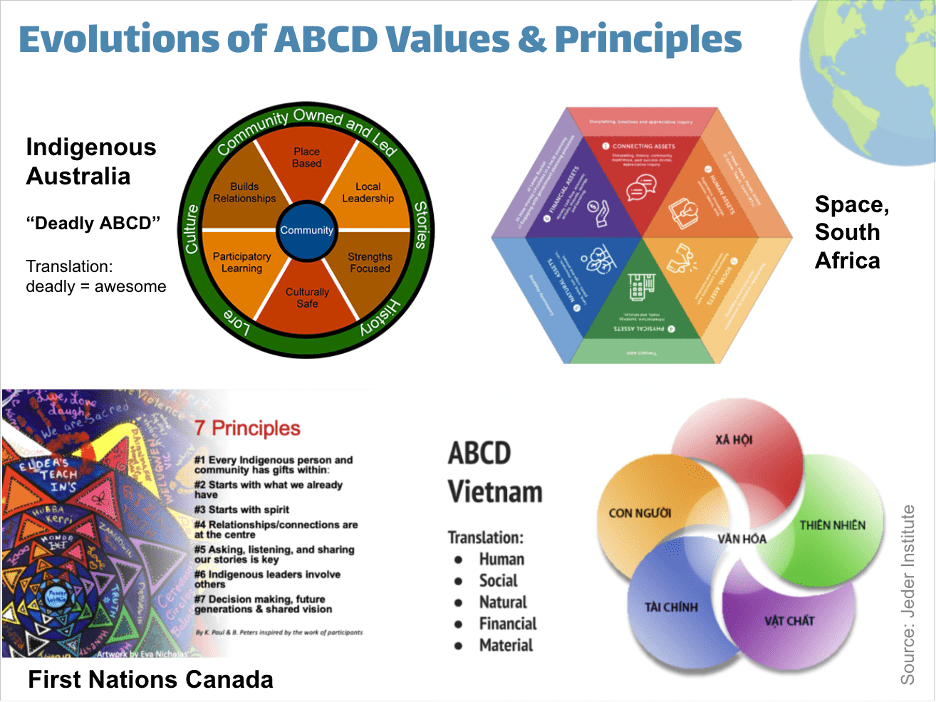This article was originally published by NPQ Online on July 23, 2025, https://nonprofitquarterly.org/restoring-our-capacities-how-an-asset-lens-can-serve-movements-today/. Used with permission.
“What do we want? Asset-based community development! When do we want it? Now!”
That is a chant that I am pretty sure has never been uttered at a rally anywhere.
Nonetheless, many movement activists, knowingly or otherwise, depend on asset-based community development—better known by its initials “ABCD”—to guide their theory and practice. For this reason, breaking down what ABCD has to say about our present moment—and the role movements can play within it—is important.
The (Modern) Birth of ABCD
ABCD was born in 1990 through the work of John McKnight and John (Jody) Kretzmann with the release and reaction to a large green book entitled Building Communities from the Inside Out: A Path Toward Finding and Mobilizing a Community’s Assets.
This “big green book,” as it is affectionately known, offered recommendations from a four-year learning journey undertaken by John, Jody, and a small research team from Northwestern University. They spent this journey “sitting at the feet of neighbors” across the United States, asking and documenting over 2,000 answers to the simple question, “Can you tell me a story of what someone here has done to make things better?”
A core motivation behind this journey was to provide a much-needed counternarrative to the common racist perception that neighborhoods of color were helpless, hopeless communities. The “big green book” boldly challenged this “deficiency lens,” noting that successful community change starts with those who are most impacted by an issue or most invested in a possibility acting together as drivers of that change, drawing first upon what they have, what is there, or assets, rather than looking first outside of the community.
Key Aspects of an Asset-Based Approach
But what does this have to do with movement building? More than may at first be apparent. Some core ABCD practices include the following:
Emphasis on Community Members’ Capacities and Leadership: First, ABCD is deeply and highly relational and person-centered. When carried out well, asset-based practices take care to center community members and their capacities as core producers, creators, and drivers of the changes that will impact them. Allison Lourash, co-president of the ABCD Institute, explained to NPQ that ABCD is: “Community-first in all things. Bottom-up, community focused, and looking at the strengths of community members who are most impacted.
Gorenflo, recent ABCD network weaver and former Shareable coeditor, explained to NPQ that the movement is intensely “committed to the dignity of the people involved in any organizing effort. Seeing them as whole people with capability and assets to offer others.” He added, “That is different than some other movements


